I wandered around this morning with my daughter, we found several crab apple trees growing wild, in a couple of different locations.
Between us we picked a bowl full of crab apples.
We took them home, removed the stalks and cut the bases off of them.
We cut them all in half and then added them to a large saucepan.
Here is how to make the Crab Apple Jelly:
1/ Cover the crab apples in water. Add water until it reaches the top of the apples in the pan.
2/ simmer them in the pan for about 30 to 40 minutes. Mushing them up occasionally with a potato masher.
3/ Drain the apples into a bowl through several sheets of muslin, for several hour or even overnight. Do not squeeze or the jelly will be cloudy.
4/ Measure the liquid/ juice that you manage to obtain and then add 7 parts sugar to 10 parts juice.
5/A the juice of a lemon.
6/ Place the lot in a pan and then bring it up to a rolling boil.
7/ Boil for around 30-40 minutes, removing the scum that forms at the top regularly. If you don't remove the scum, the jelly will be cloudy.
8/ After about 30-40 minutes. Dip a spoon in and then place the spoon in a cool place. If the liquid sets on the spoon, it is ready.
9/Pour the liquid into a clean sterilised jar and place it in the fridge to set.
10/Try on toast instead of jam, it's delicious.
You can strain the pulp through a fine sieve, if you don't mind the Jelly being cloudy. It makes the process quicker.
Ingredients:
Crab Apples
A Lemon (juiced)
Sugar
Water
It tastes great on toast. I think that it will go well with pork, lamb or venison.

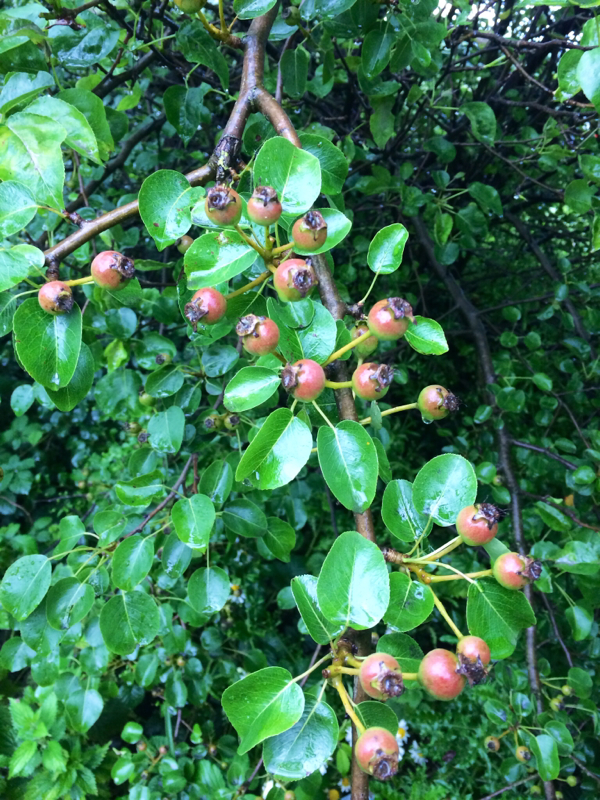
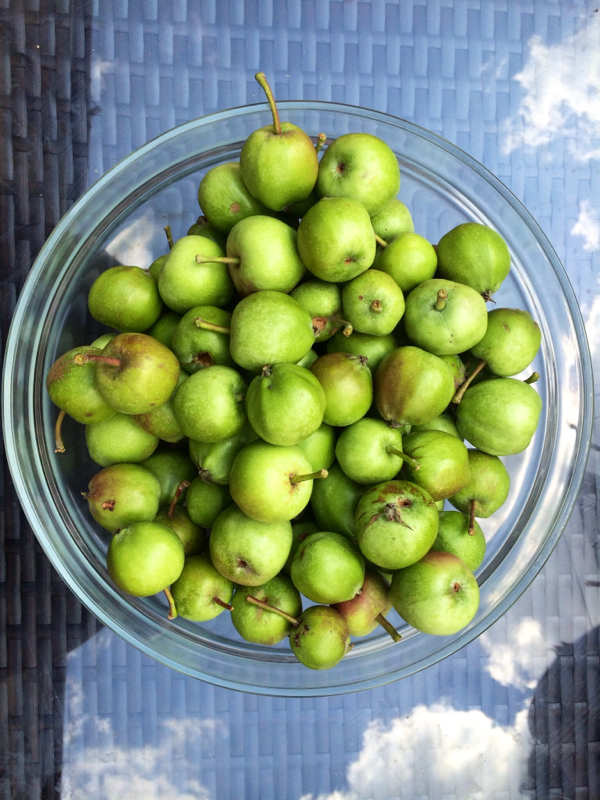
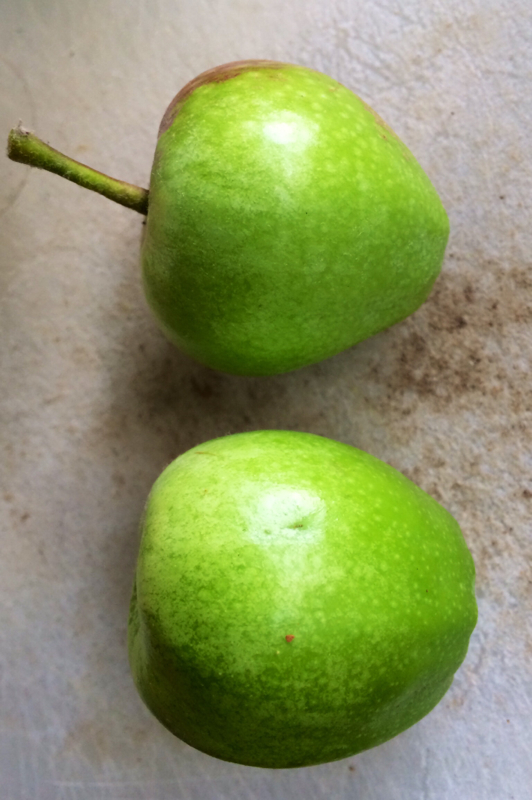
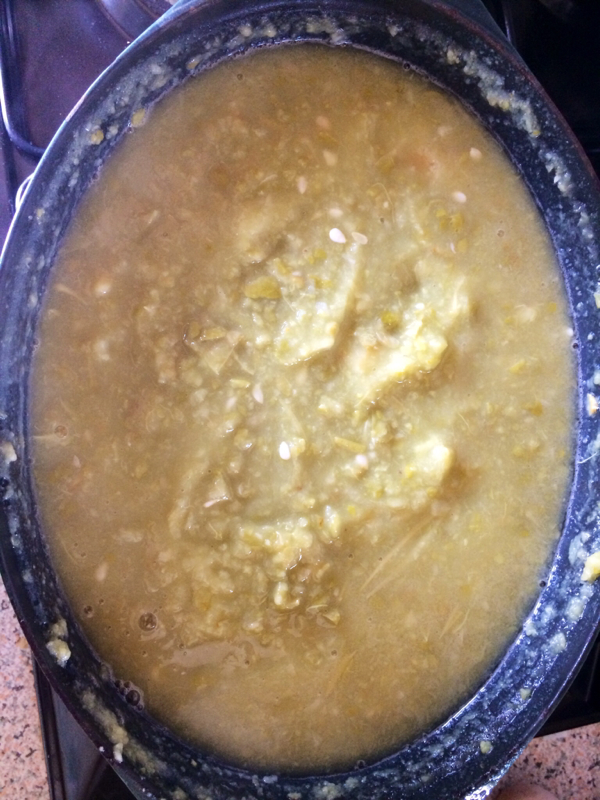
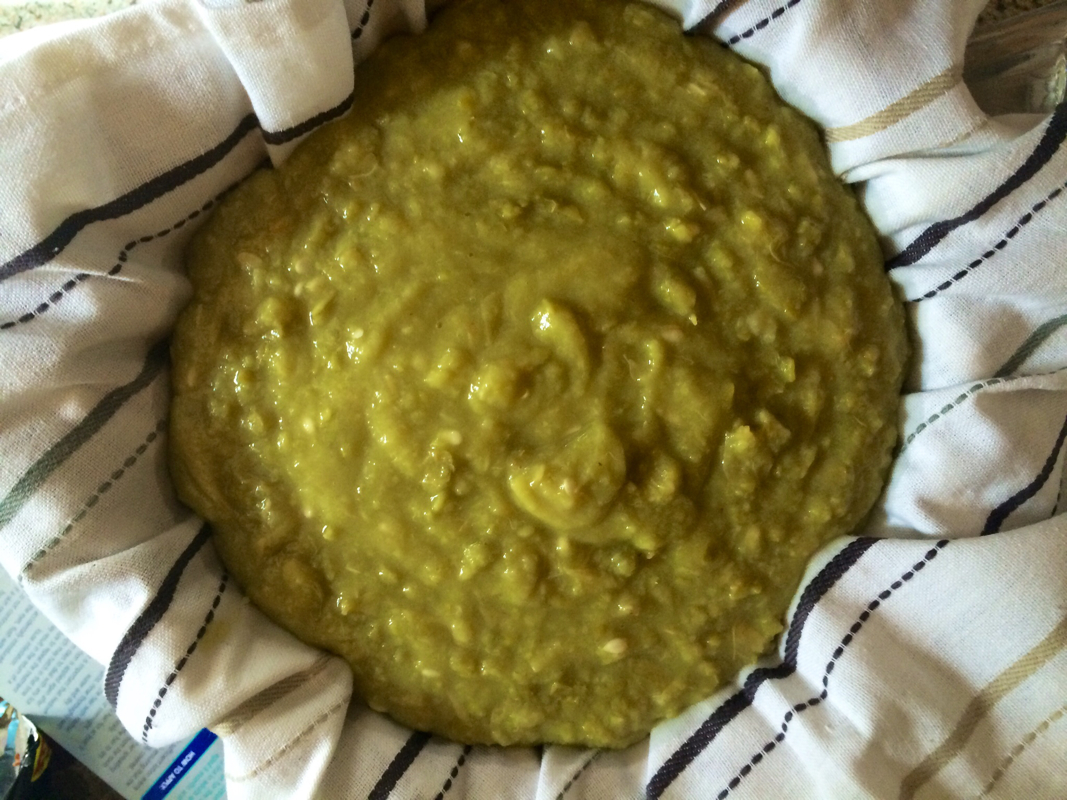
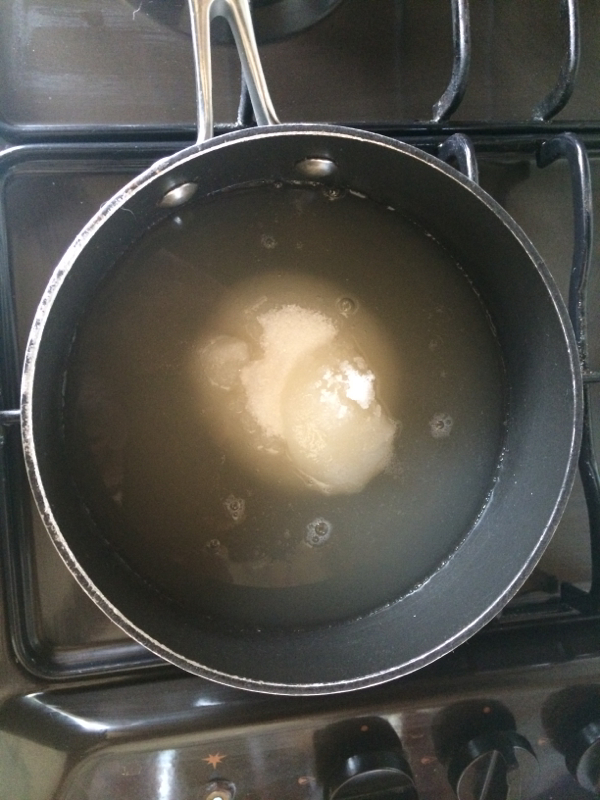
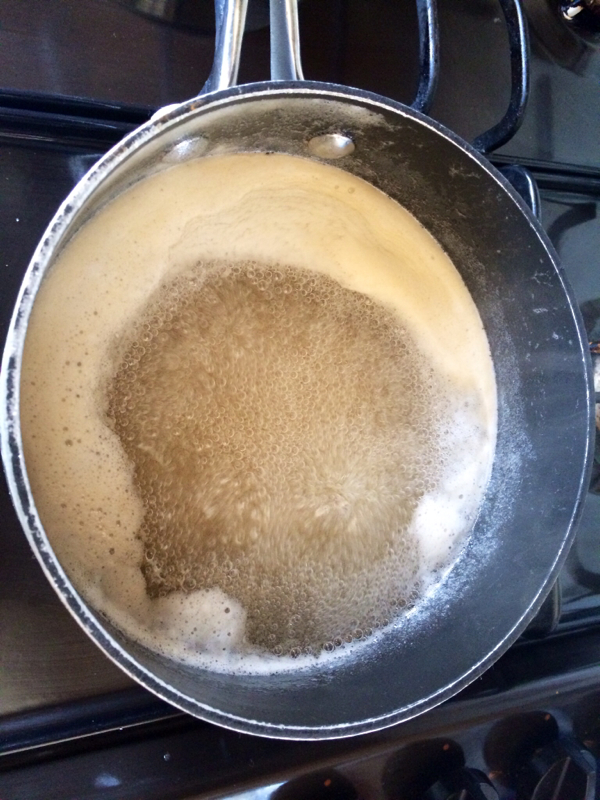
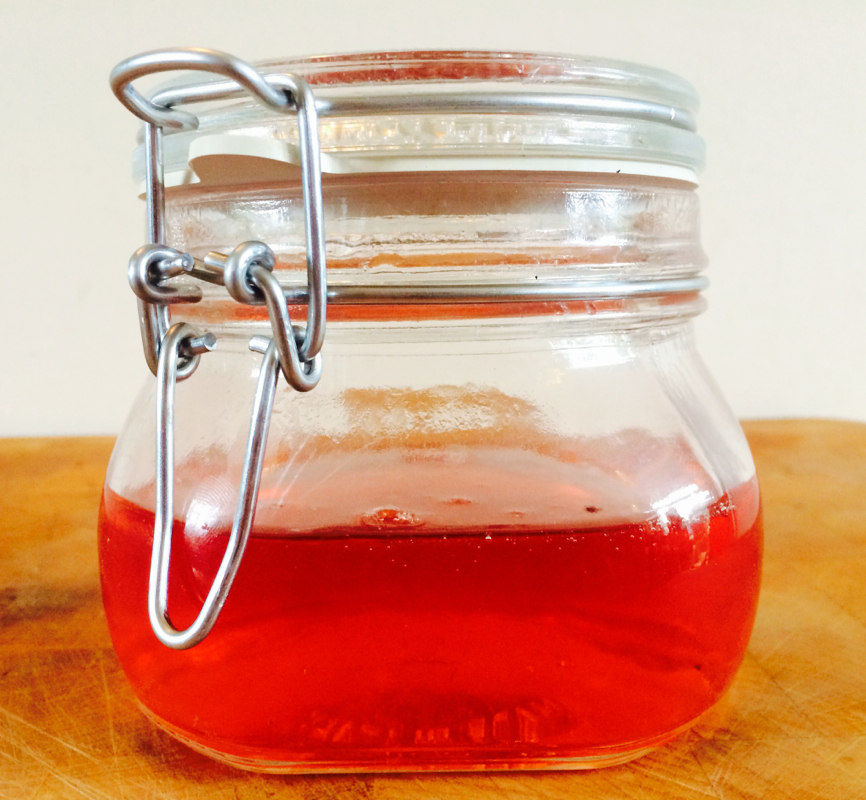
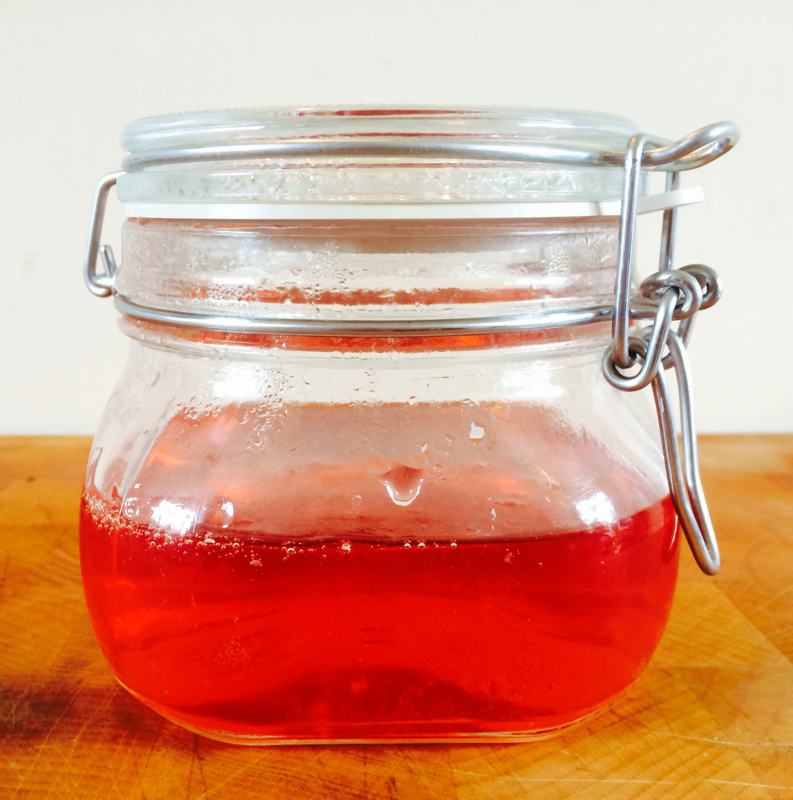
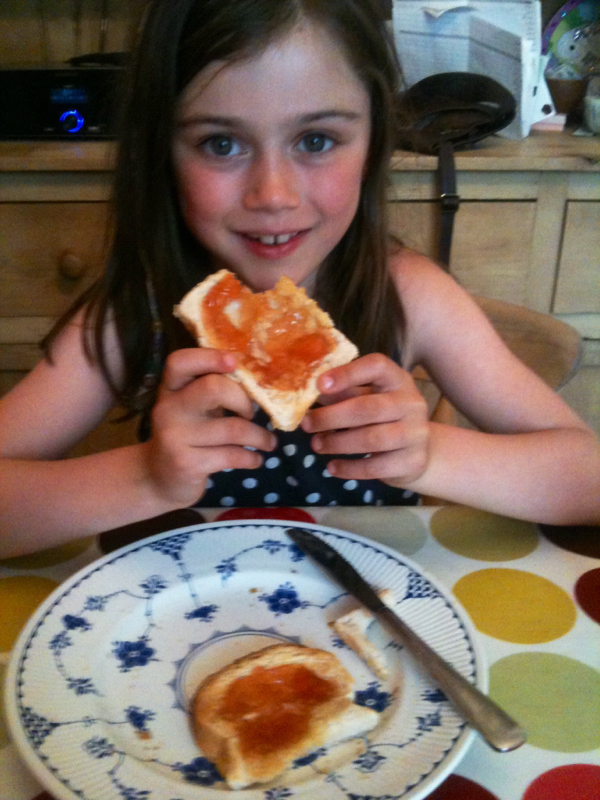
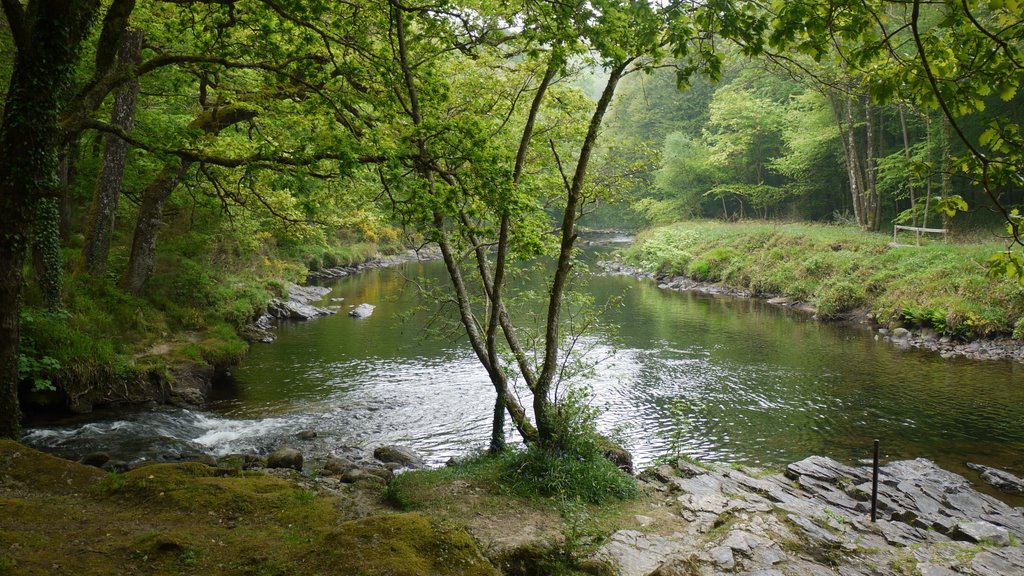
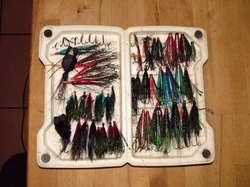
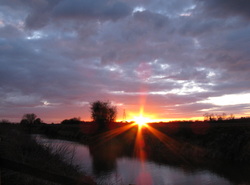
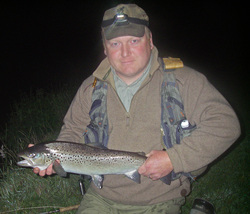
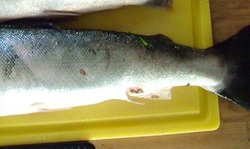

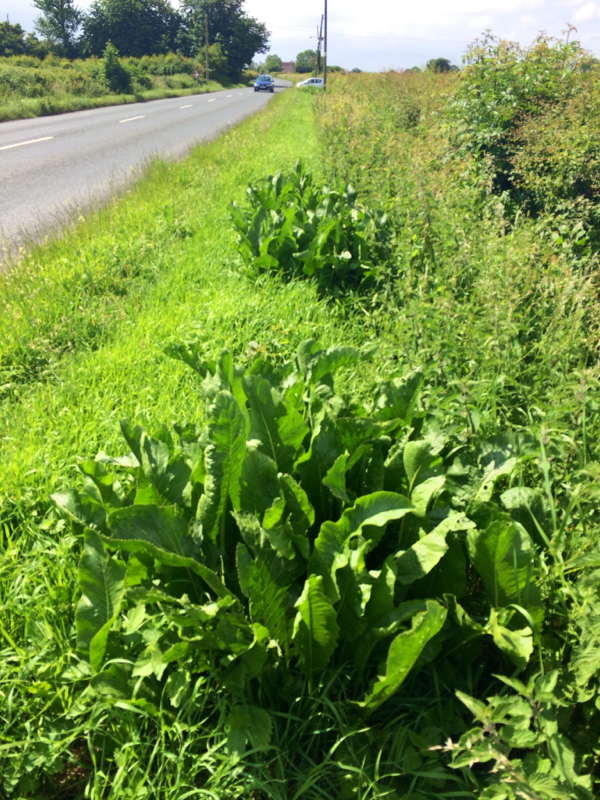
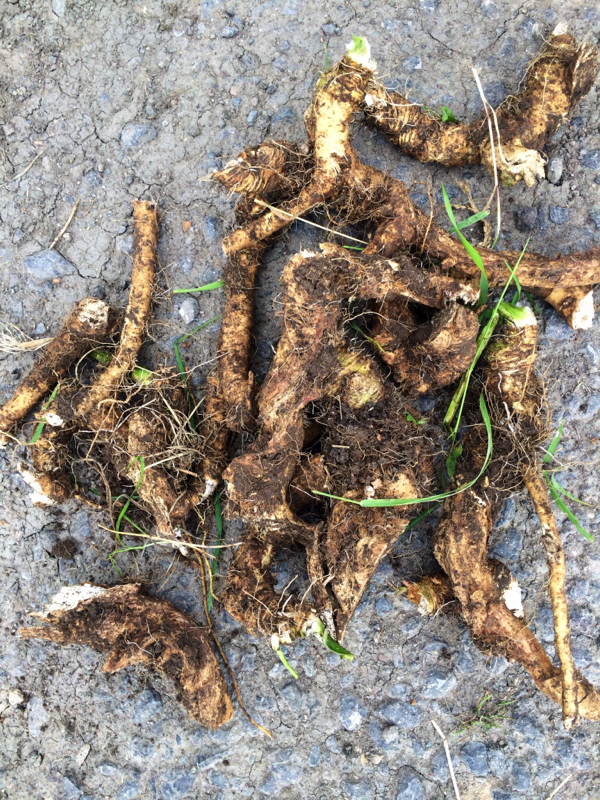
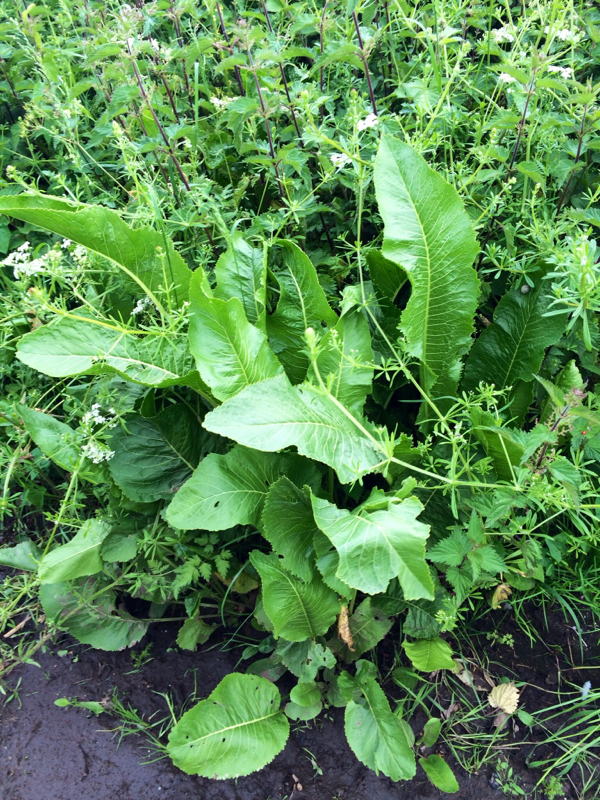
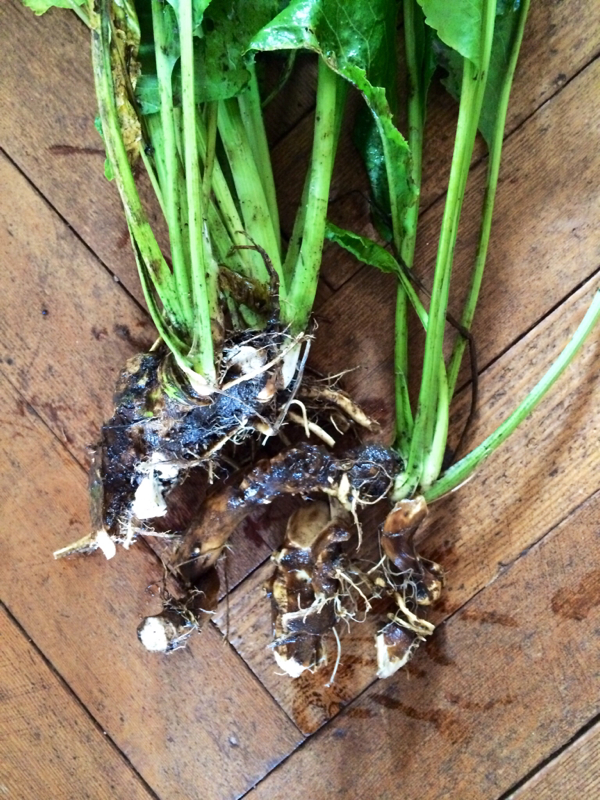
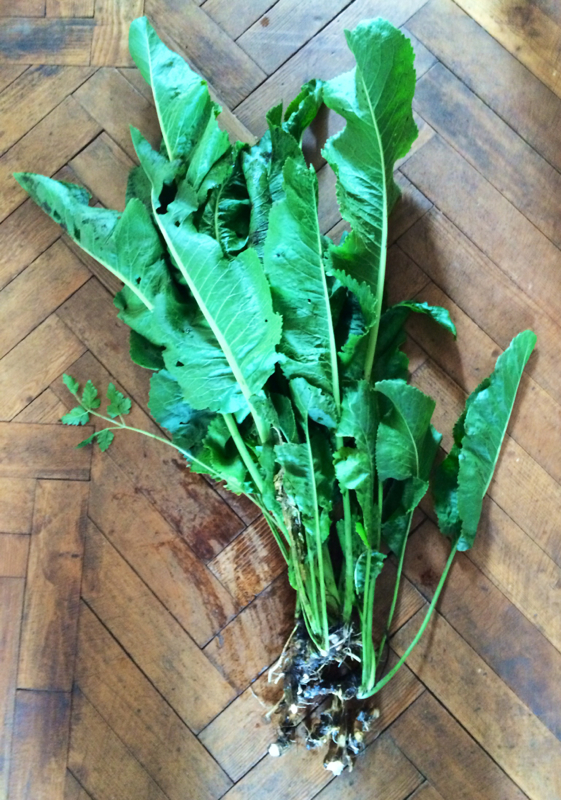

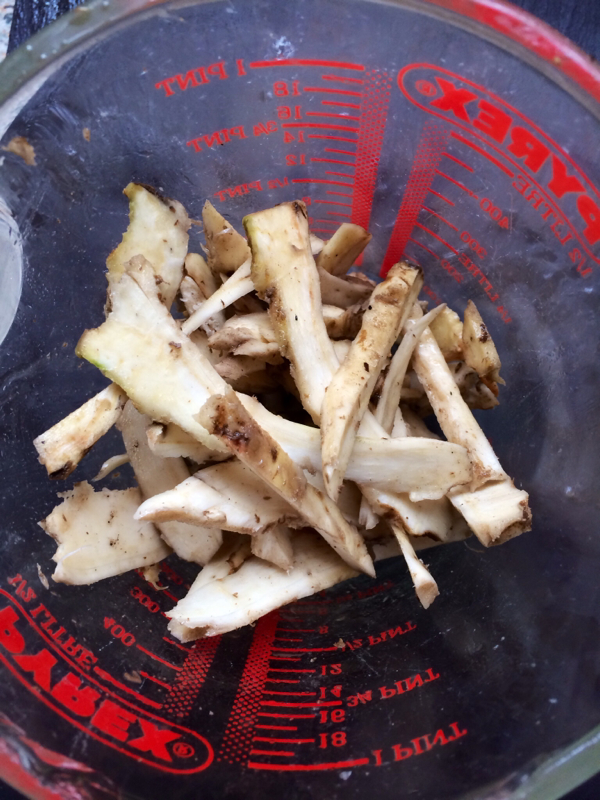
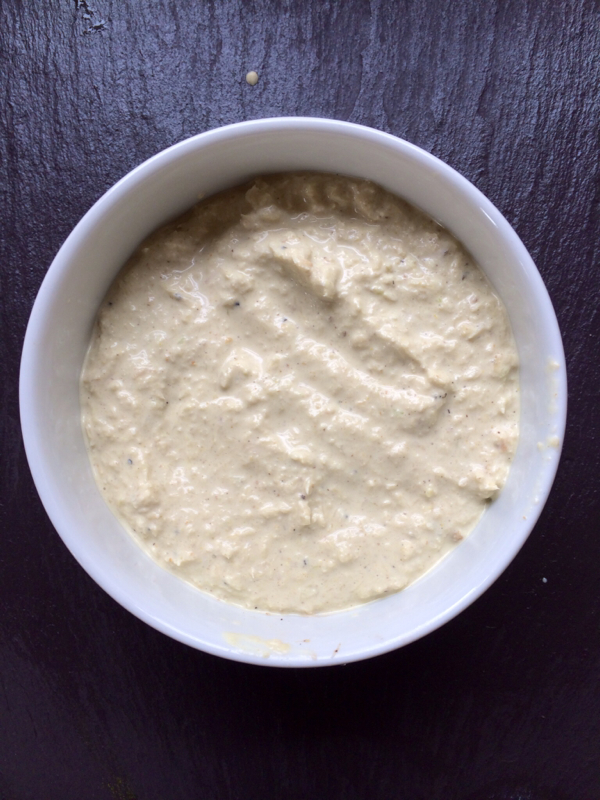
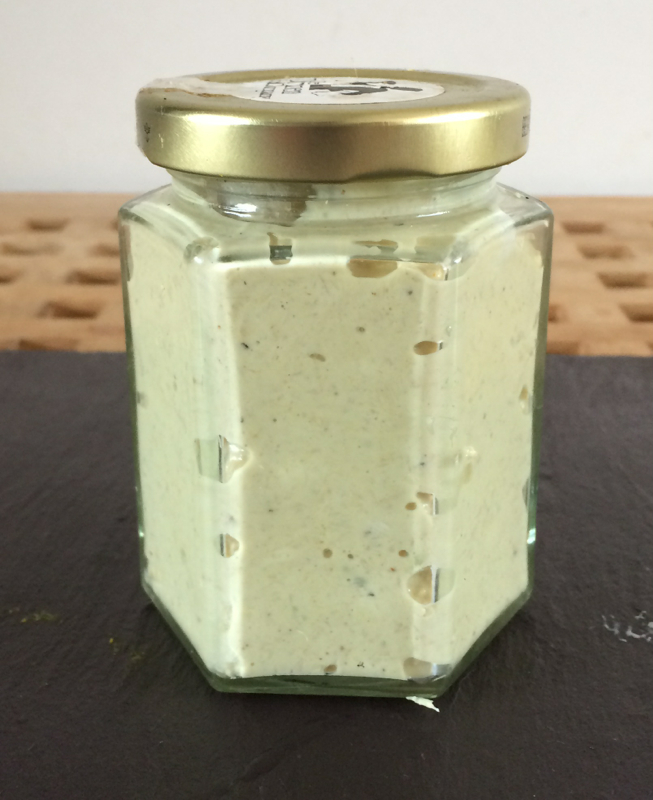
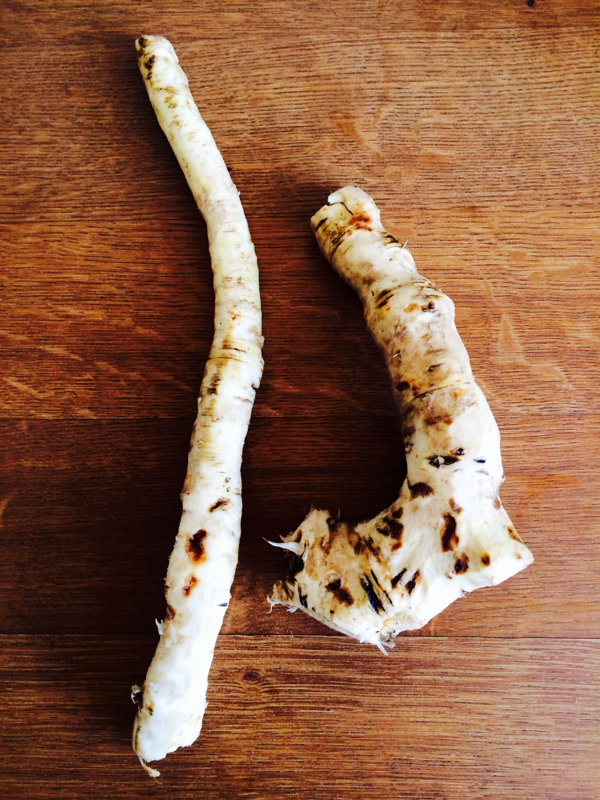
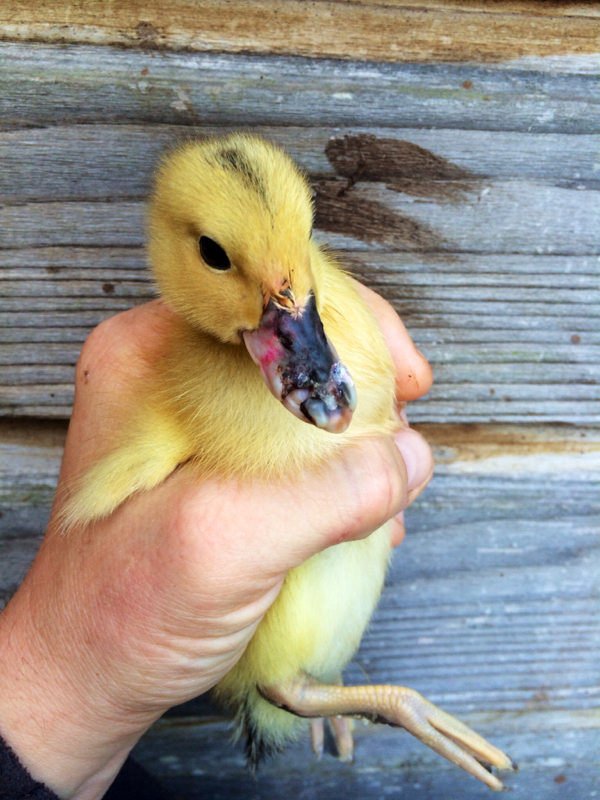
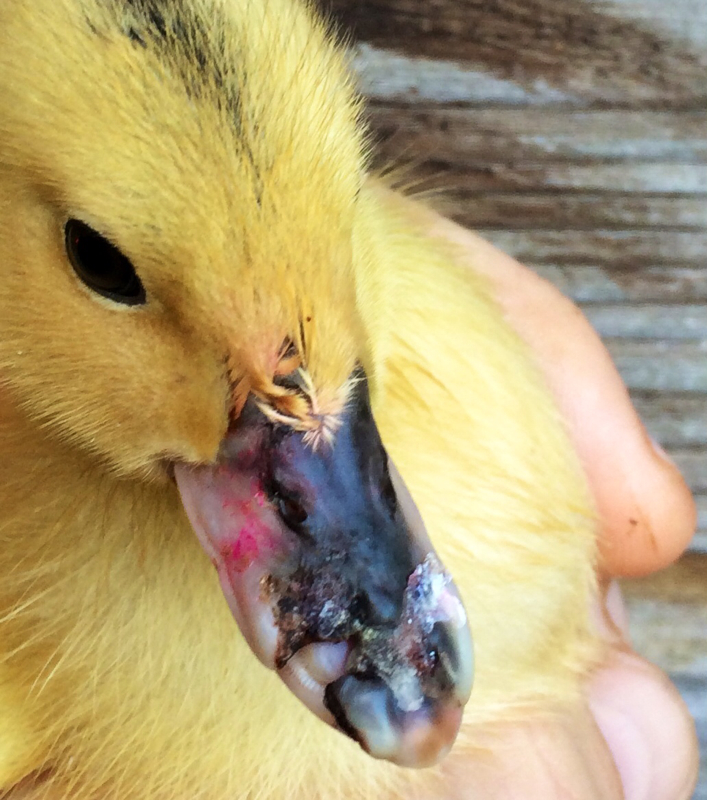
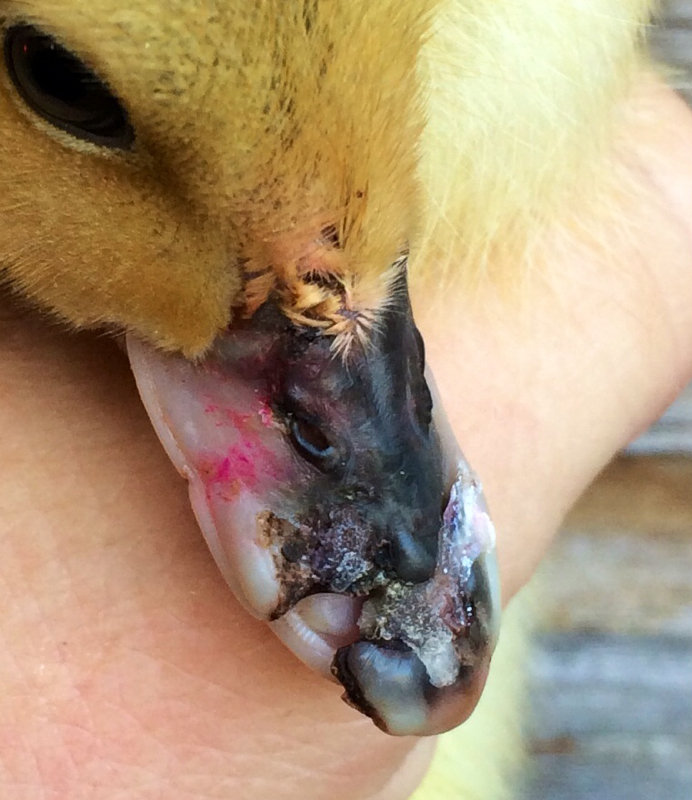
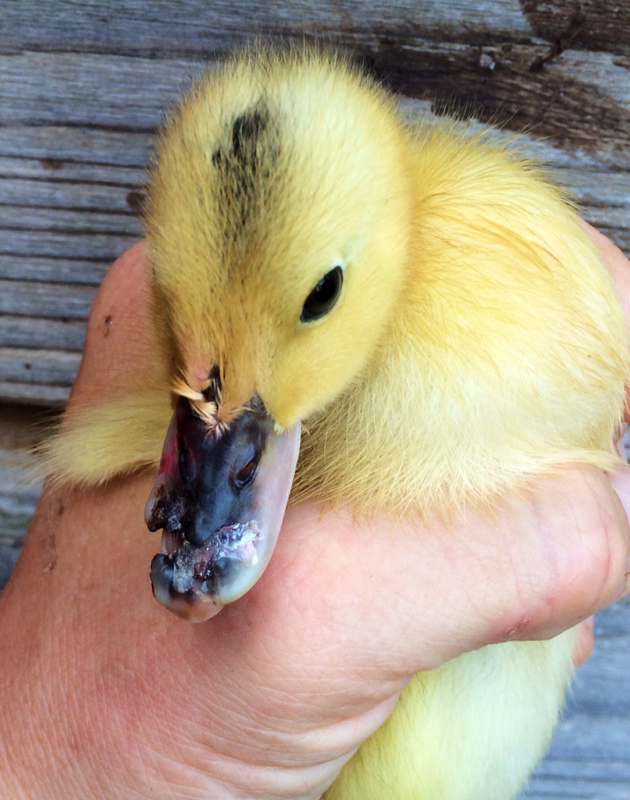
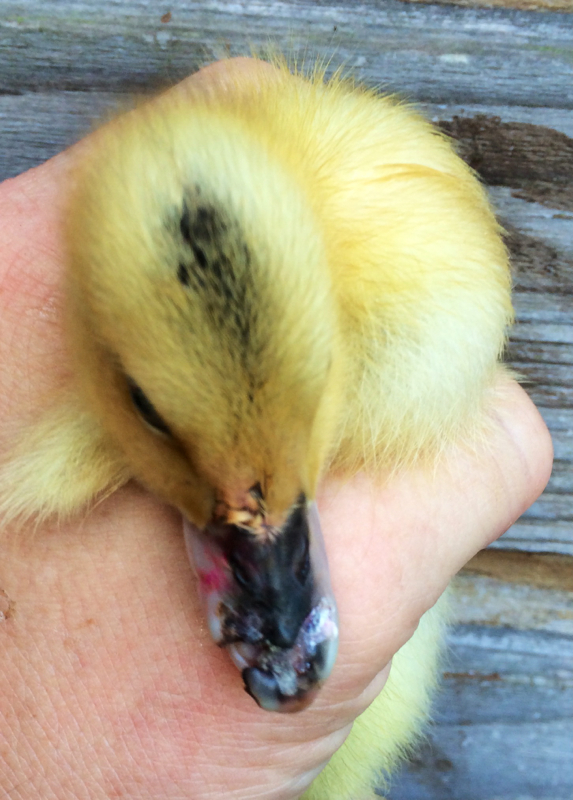
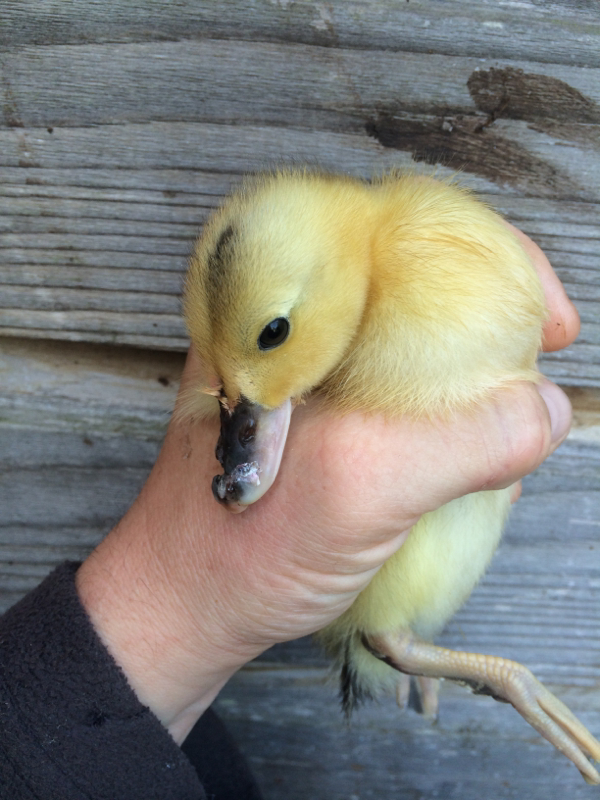
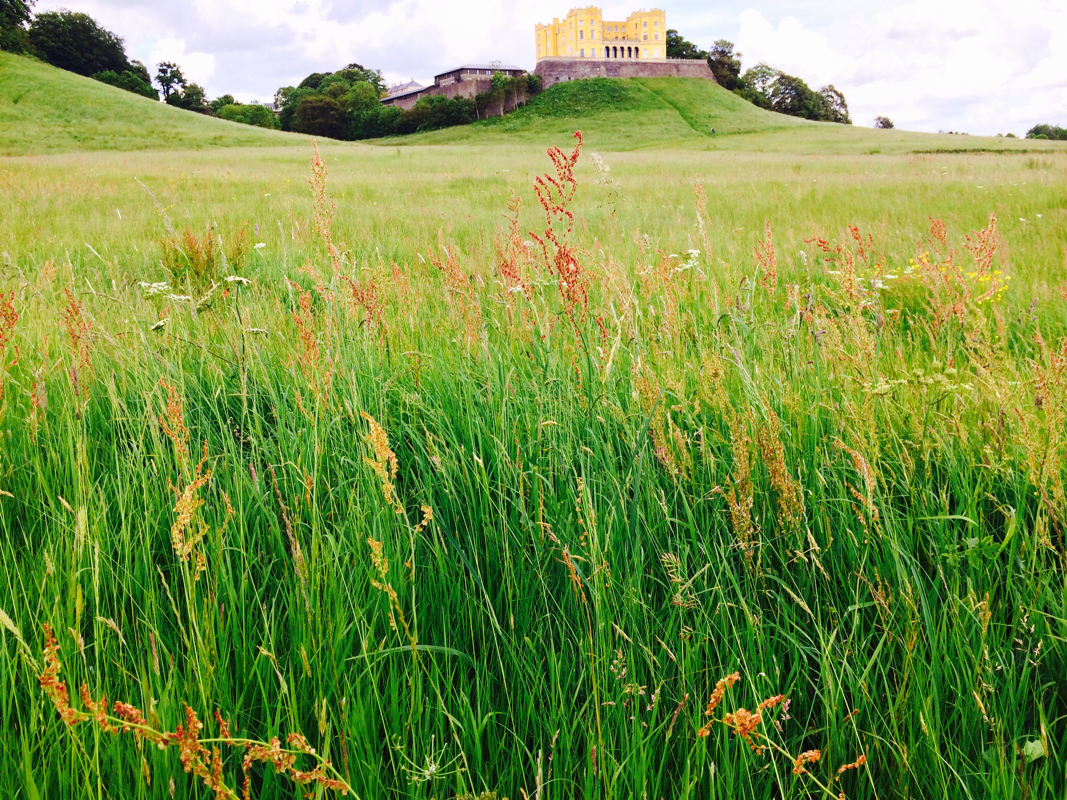
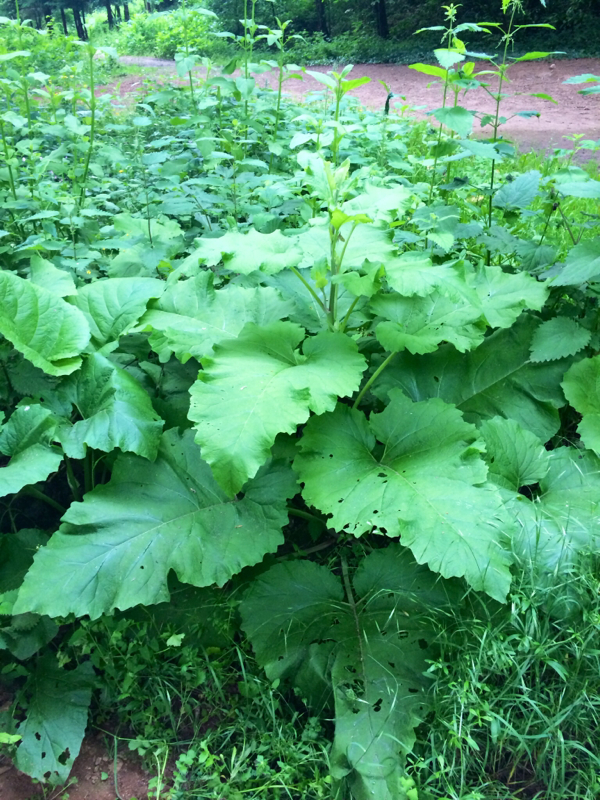
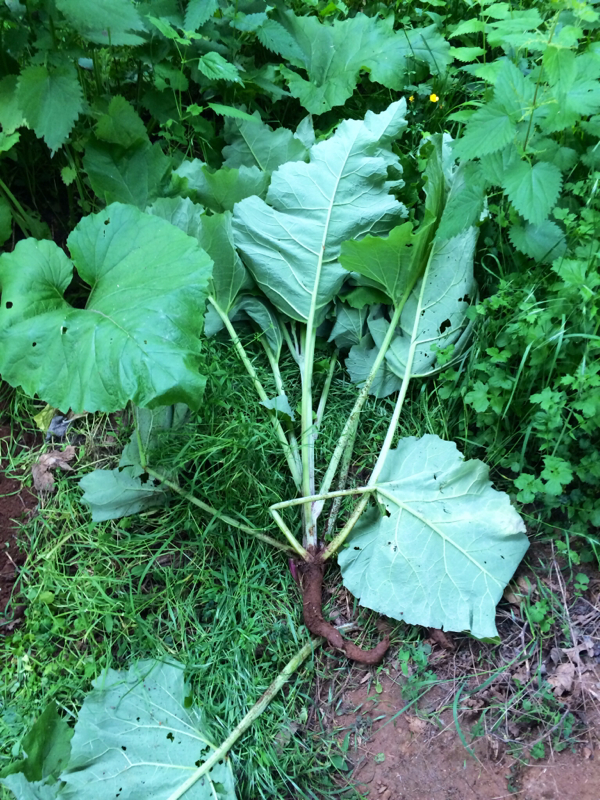
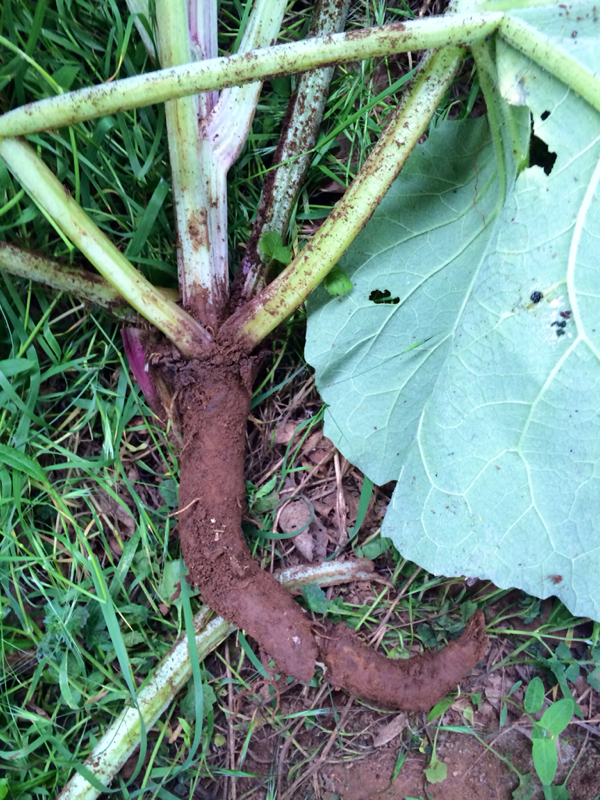
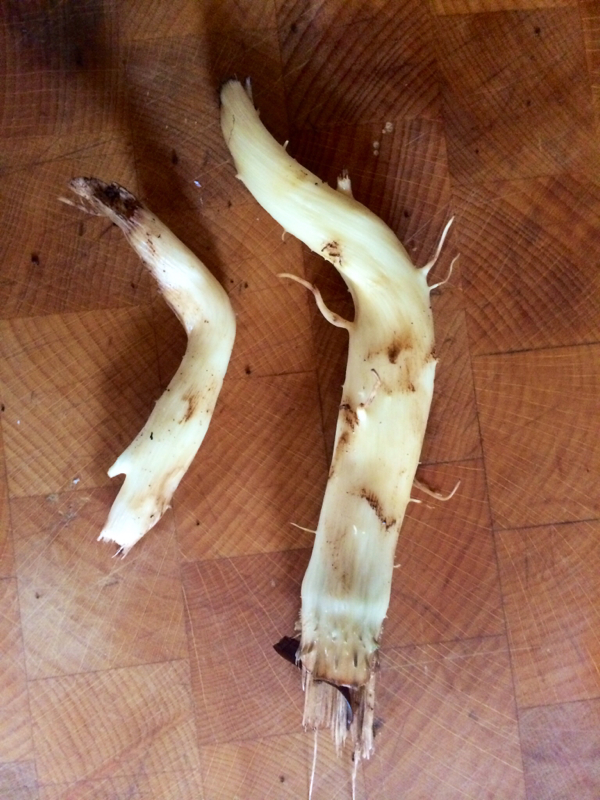
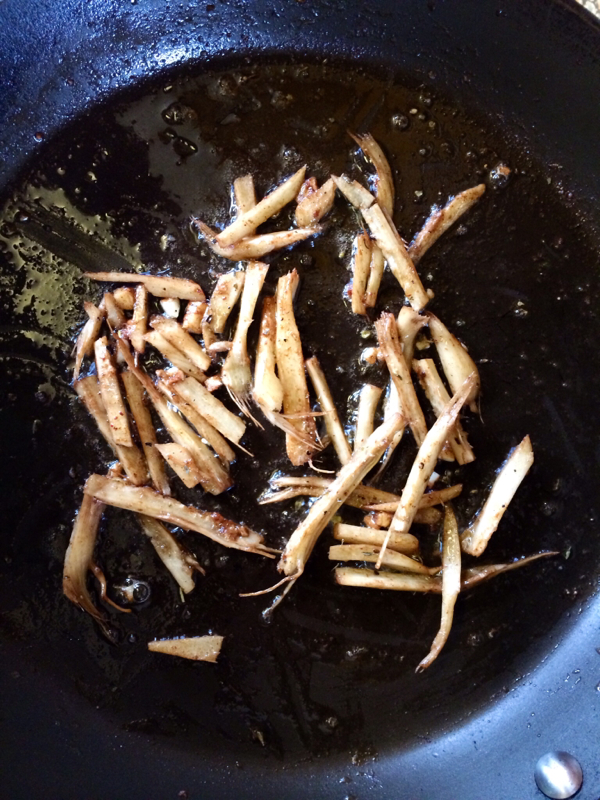
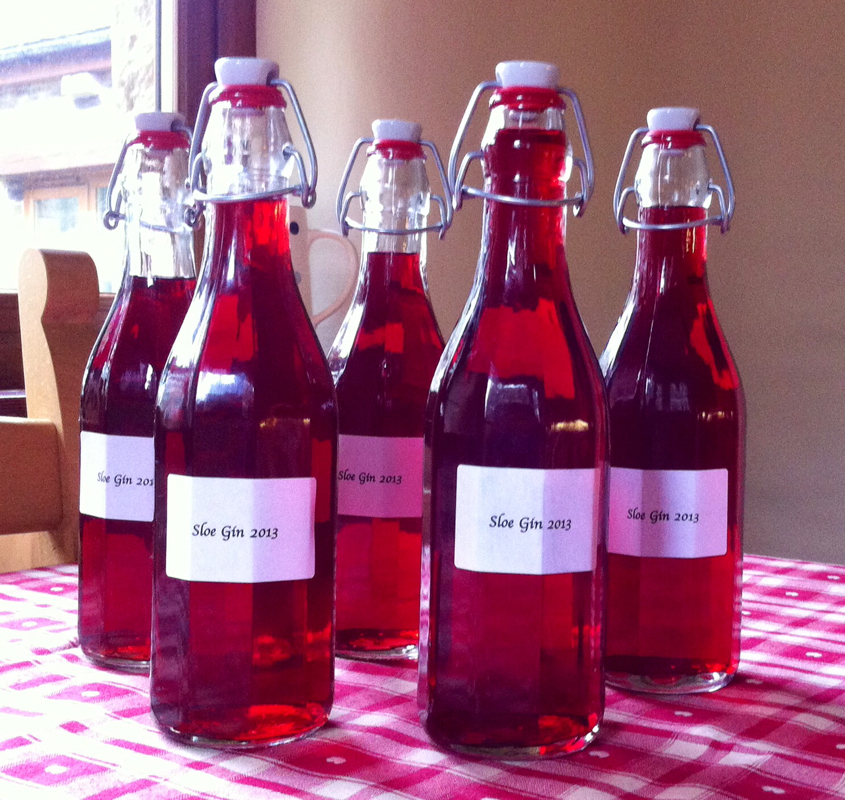
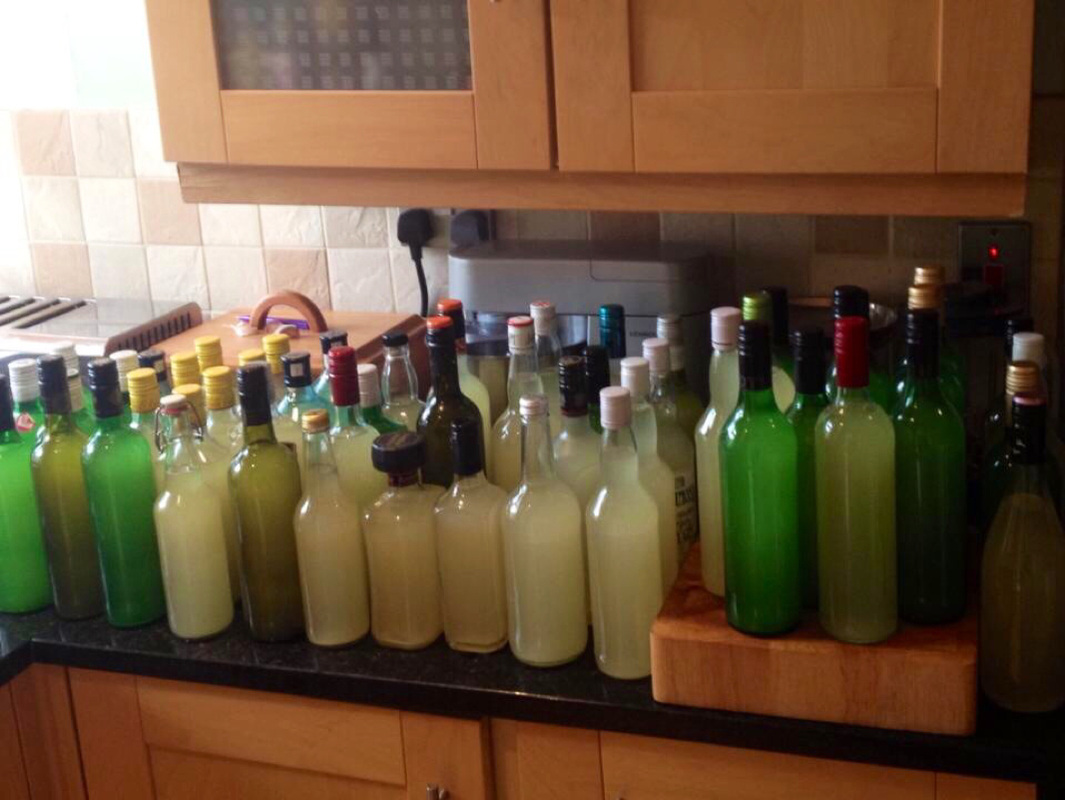
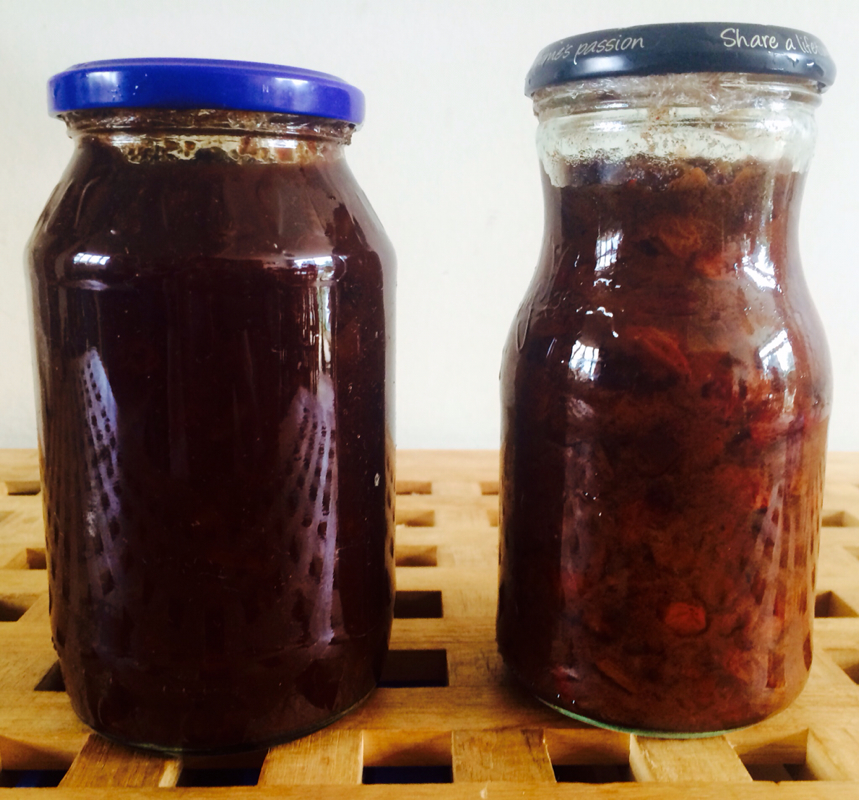
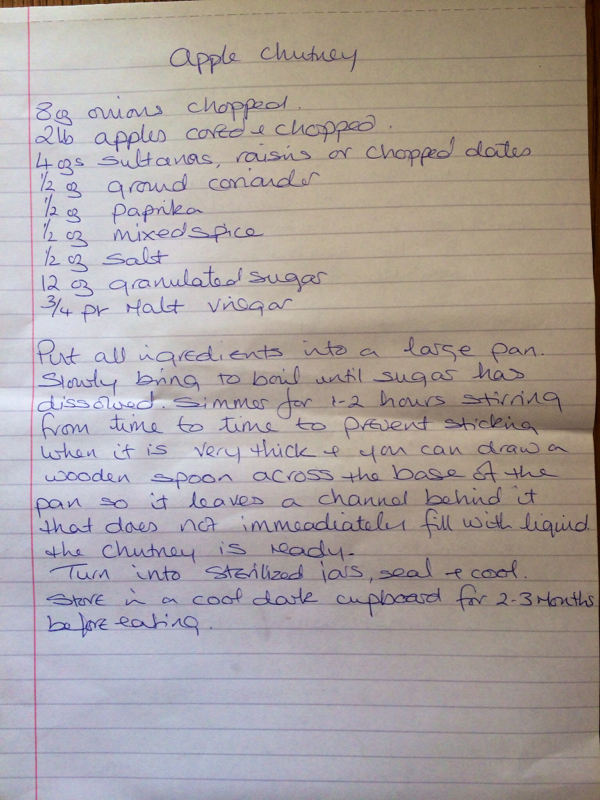
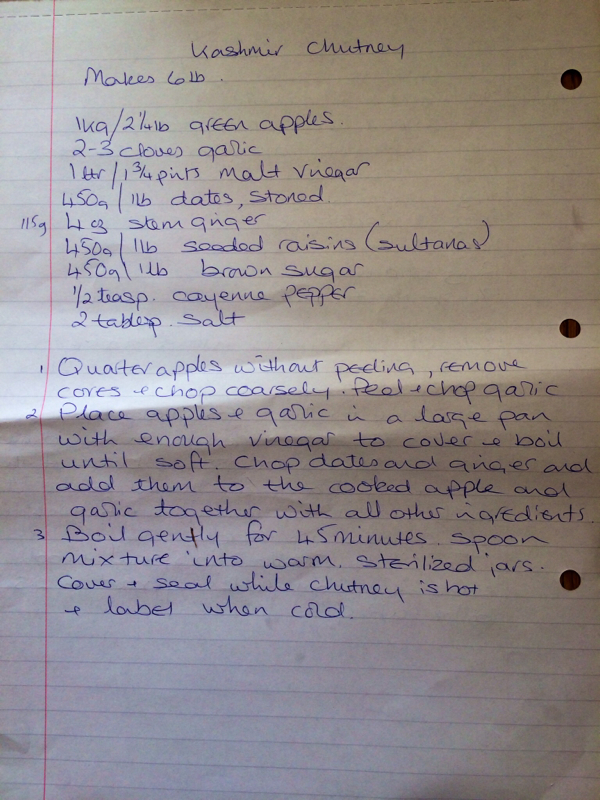
 RSS Feed
RSS Feed
